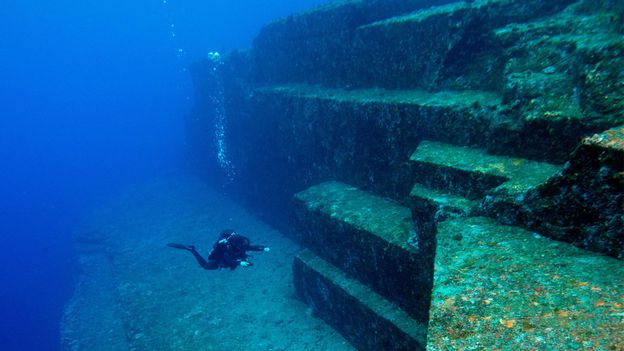Zincoln Miner
Hero Member
- Nov 14, 2003
- 567
- 360
- Detector(s) used
- Minelab Vanquish 340, Tesoro Silver uMax, Compadre, and BH Tracker IV.
Ex: White's Spectrum XLT, Tesoro Cutlass II Umax, and that circa late 70's red handled junk from RadioShack that started it.
Ancient, forgotten human technology - but more likely ALIENS !
If you guy's are interested in this subject you should read about or watch the documentaries on the
"Coral Castle" that one man built by himself in Florida almost 100 years ago.








